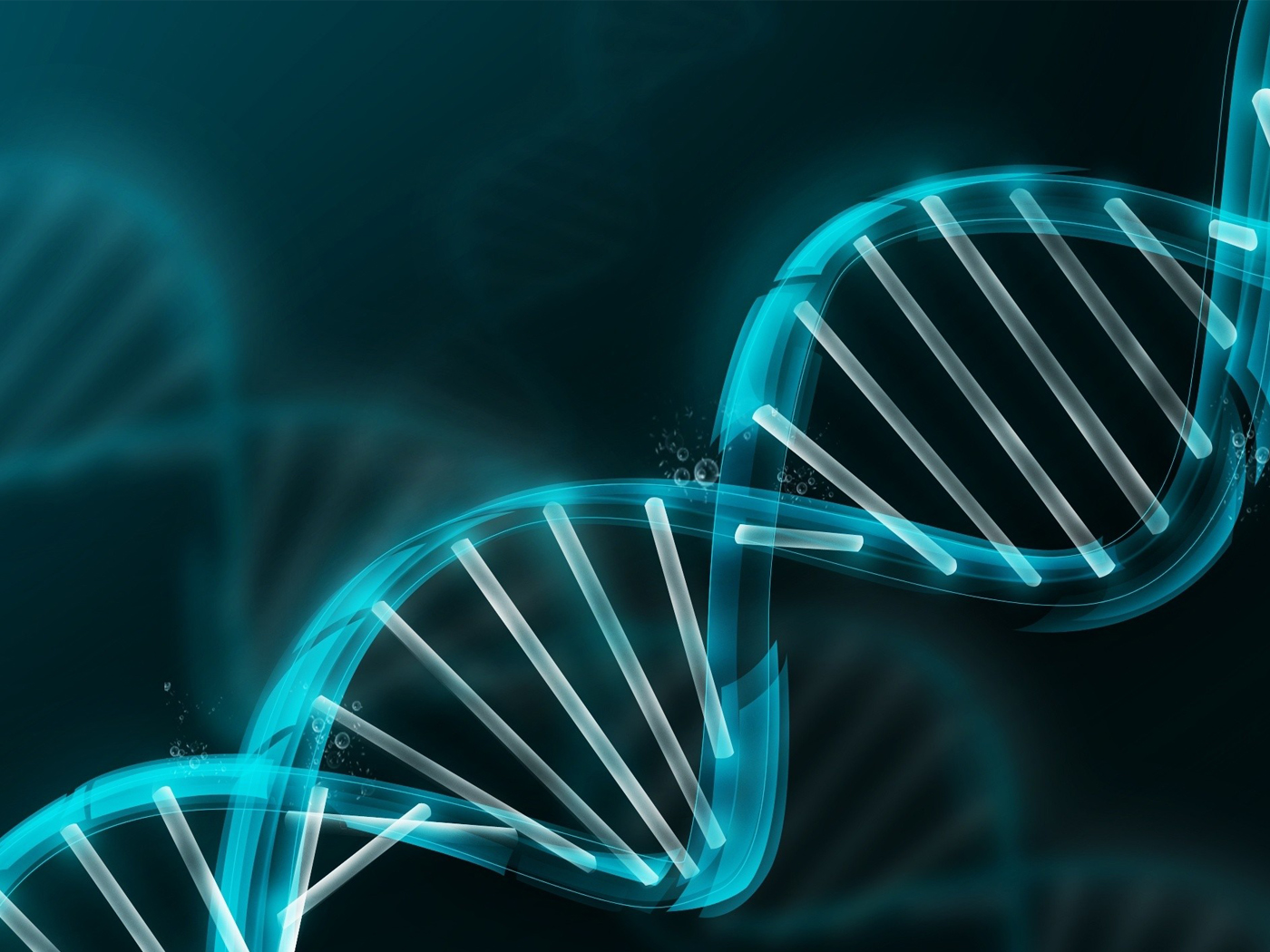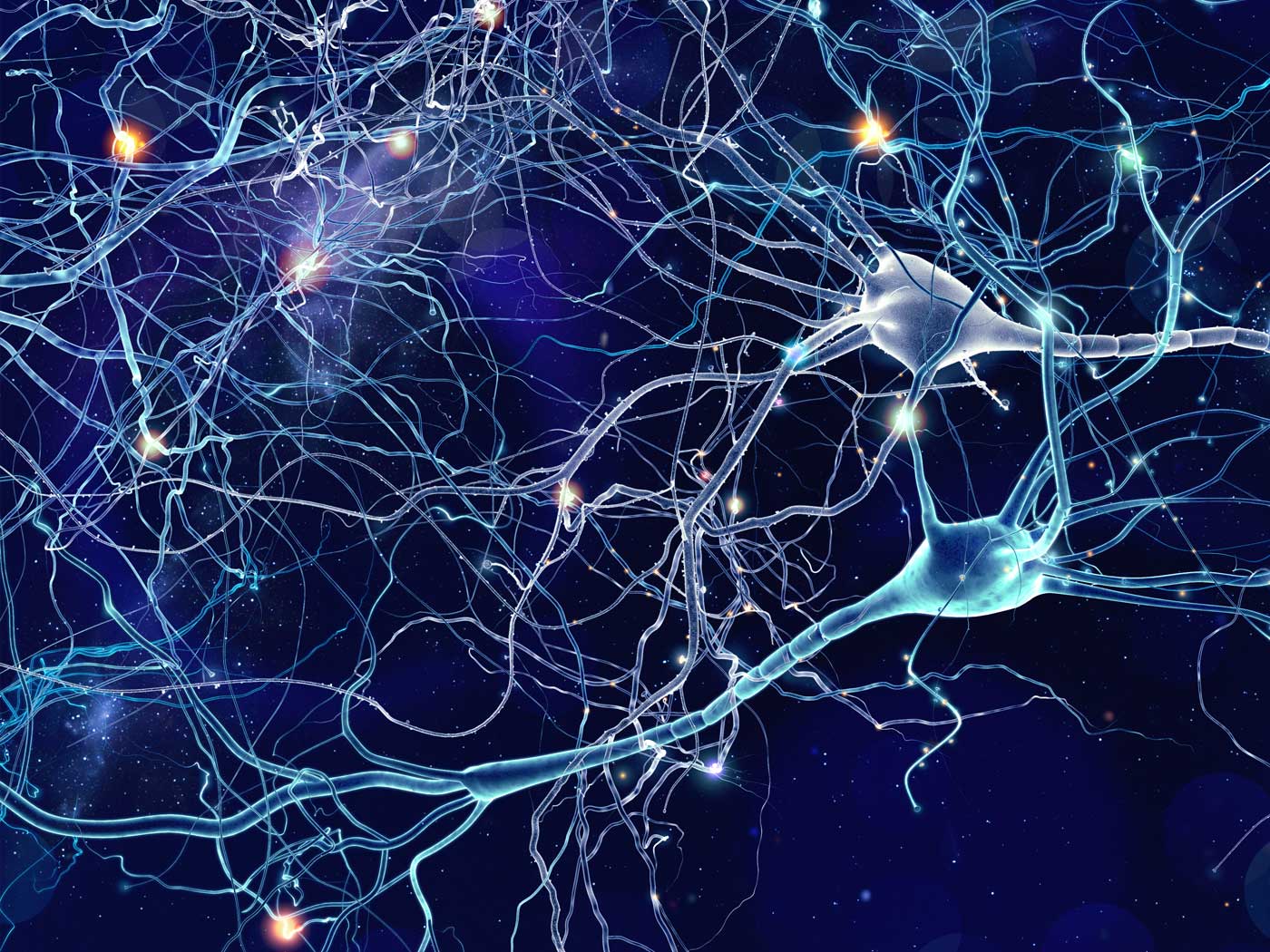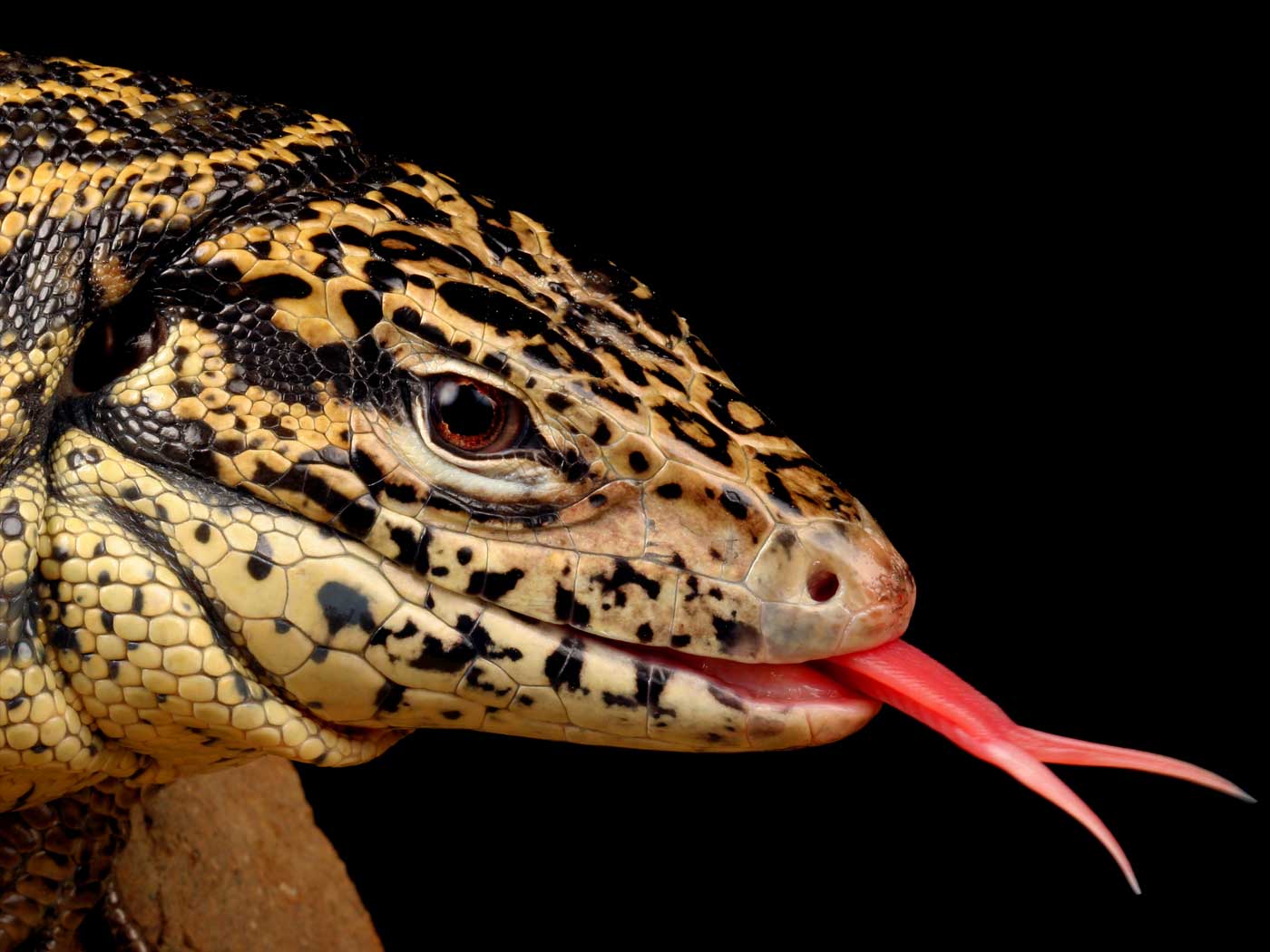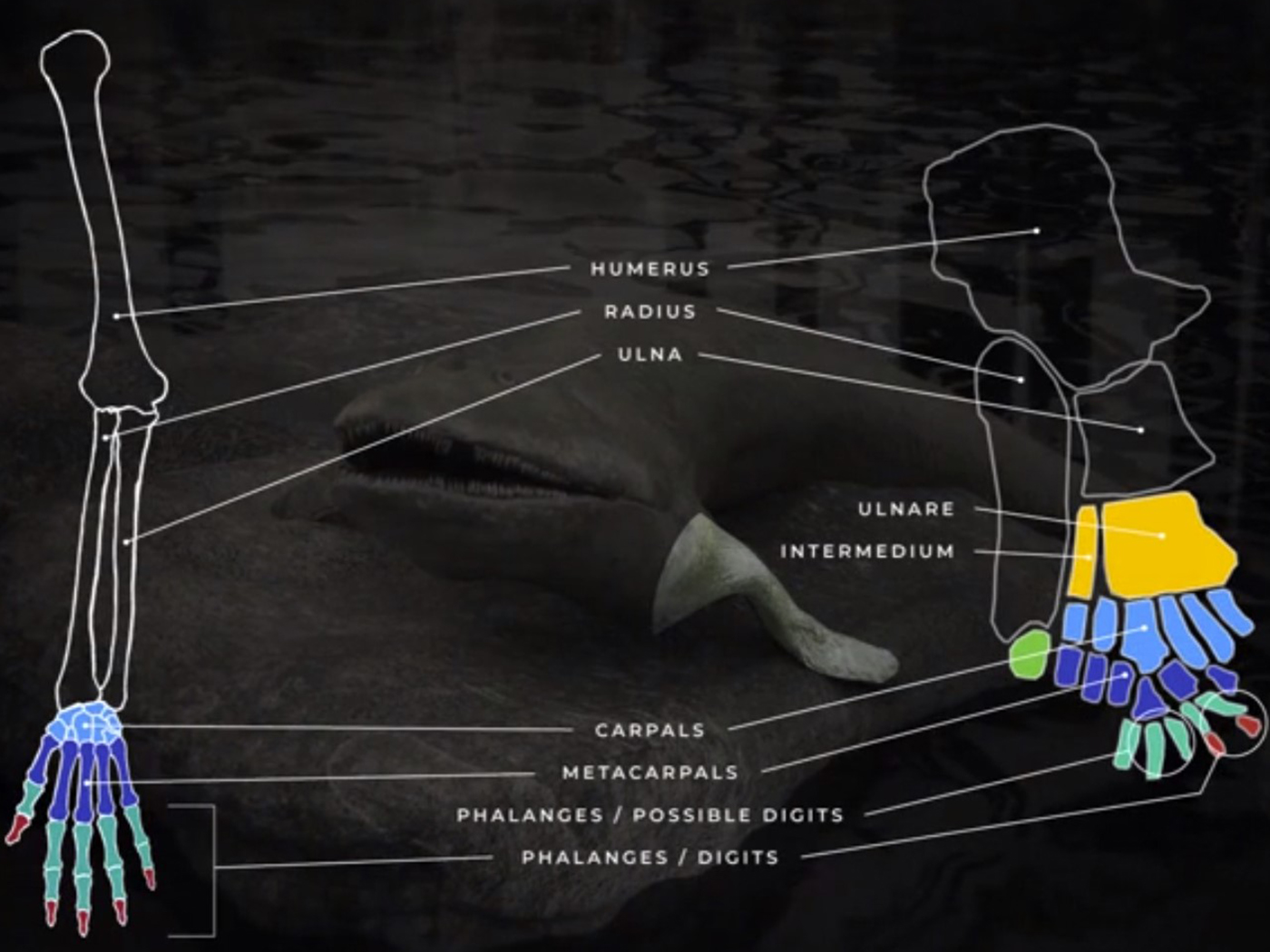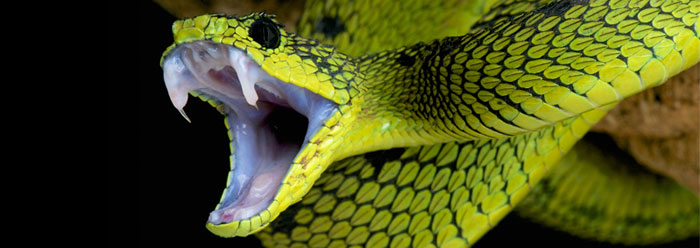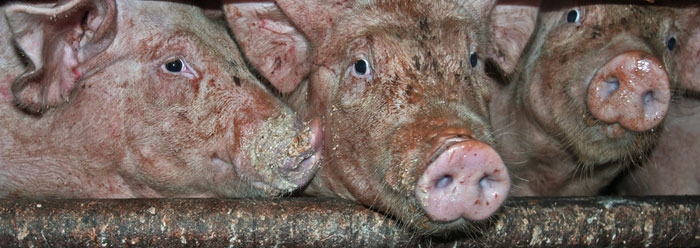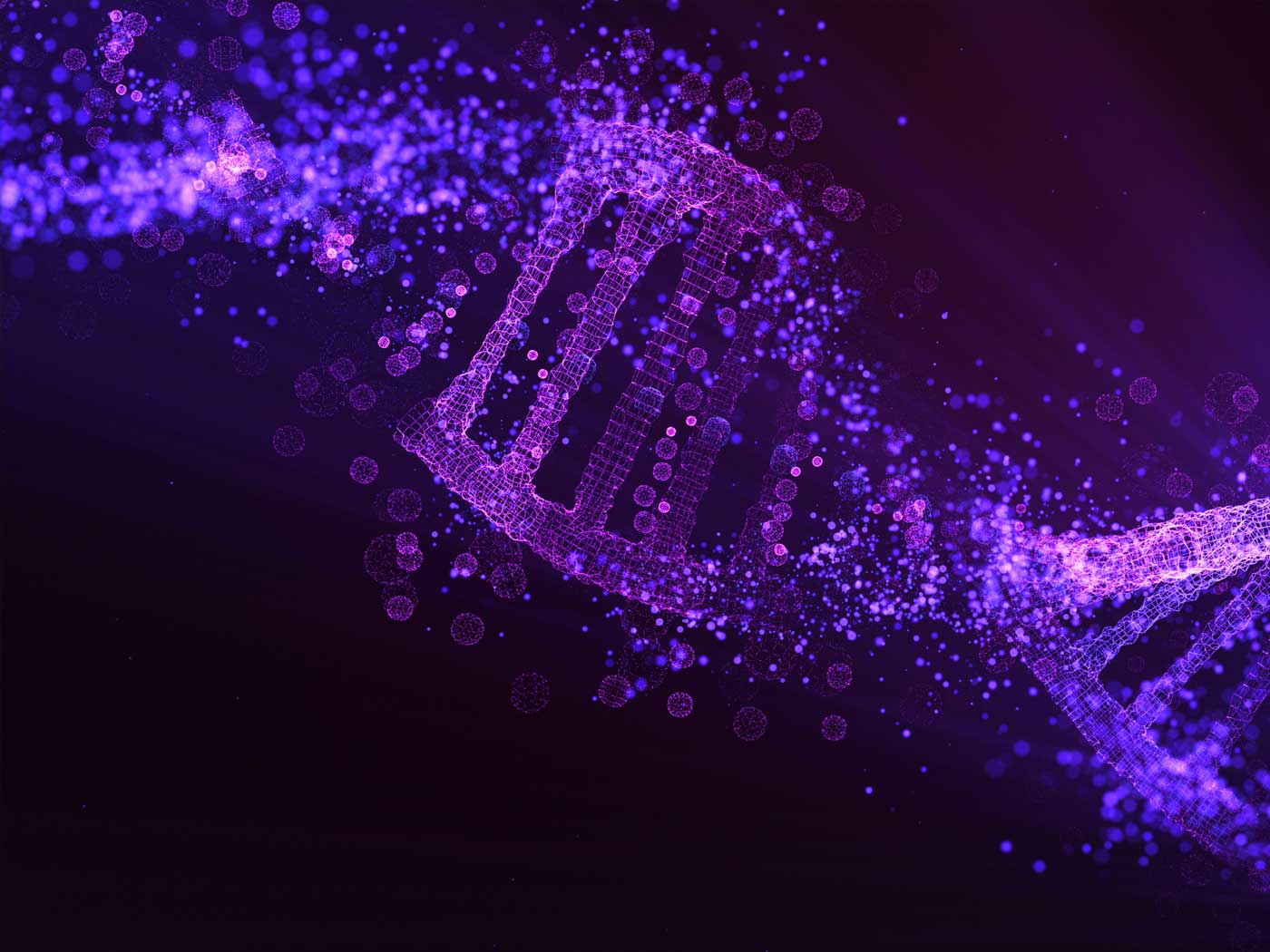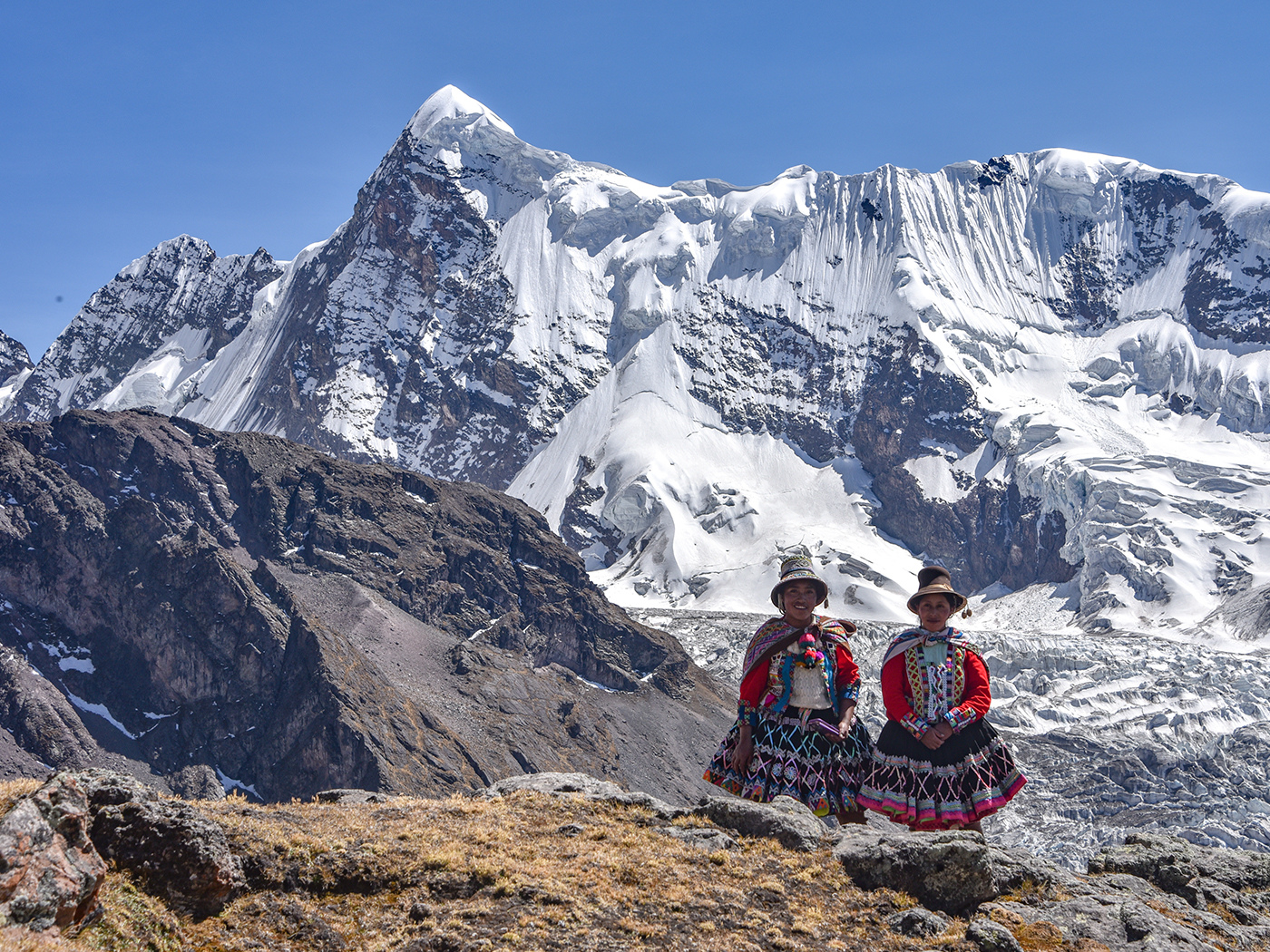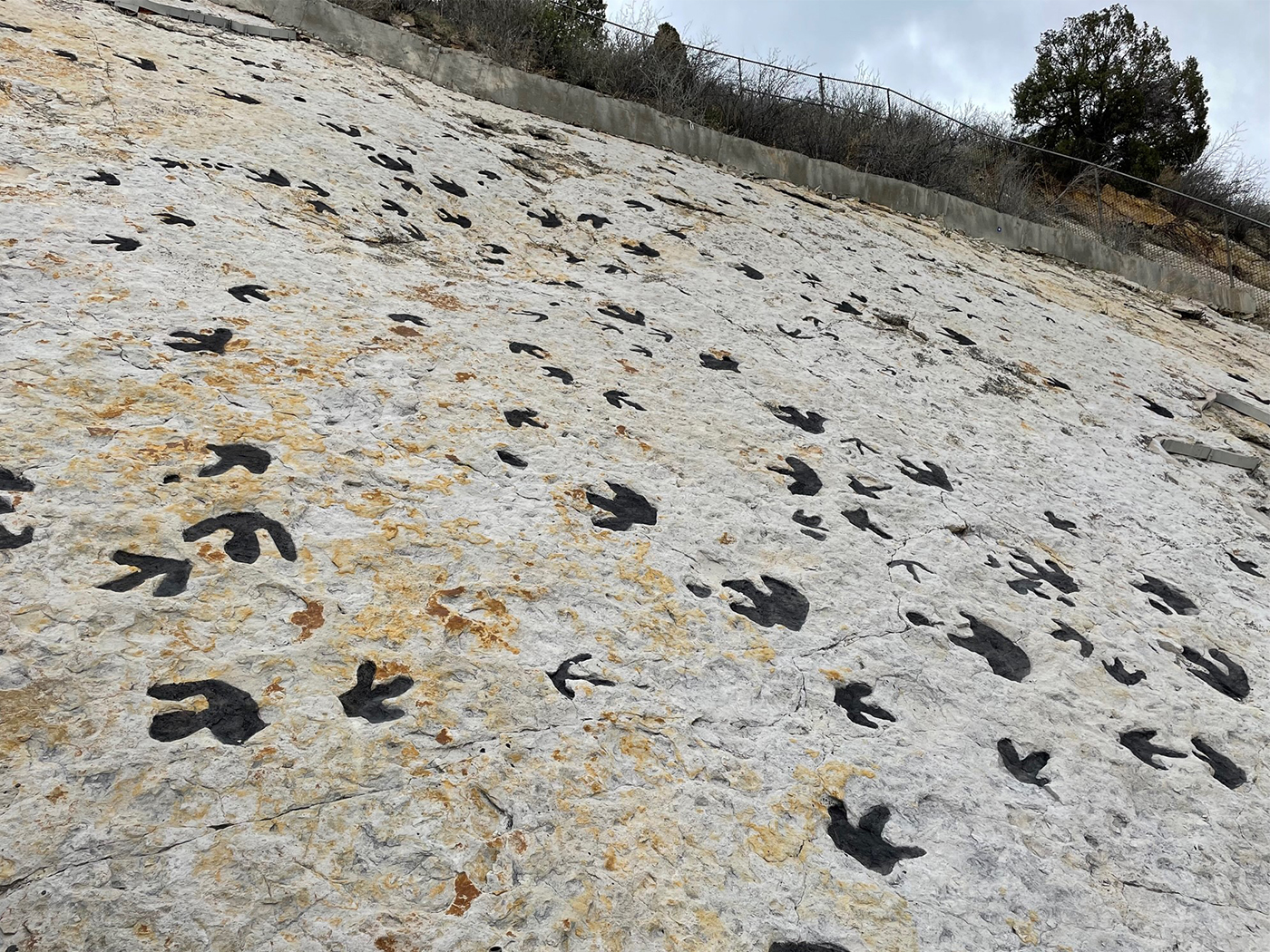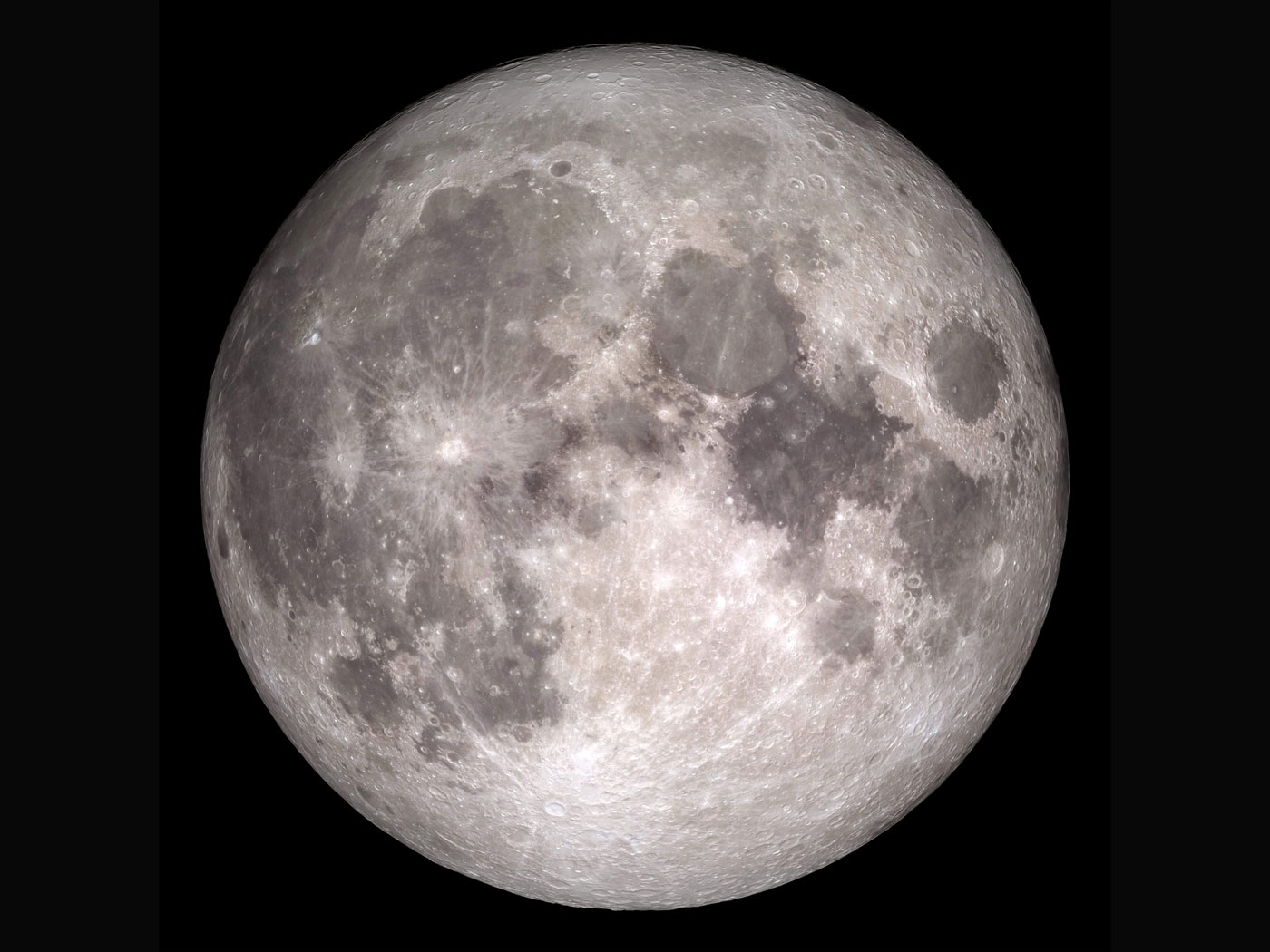In order to have evolution, you must first have life. Both sides of the evolution-creation debate agree that the chance of all the correct biomolecules coming together by chance to form even the simplest cell is virtually impossible. Fred Hoyle1 (an atheist) estimated the probability as one chance in 1040,000. He compared the likelihood of life originating on Earth to that of a tornado going through a junkyard and assembling a 747 airplane. Even if this improbability actually happened, one would have an inert, non-operating 747 in a junkyard rut. To operate it (bring it to “life”), its engines would have to be jumpstarted, its electronics activated, and a pilot provided to operate it.
Some evolutionists argue that life must have originated spontaneously because life exists. So, what would happen if a “tornado” actually whipped through a biological junkyard and assembled a simple cell? The answer is simple: absolutely nothing. Another “highly improbable” event is required for life to exist—the inert assemblage molecule must be elevated into a higher state.
This was shown by Nobel Prize-winning chemist and evolutionist Ilya Prigogine.2 He is famous for pointing out two aspects of life: it is dissipative and far from equilibrium. All living organisms are dissipative (constantly decaying to a lower state per the Second Law of Thermodynamics) and need a constant supply of energy to repair the decay and operate, just like a 747 needs a constant flow of fuel to fly.3
If a system at equilibrium is disturbed, physics tells us it simply decays back to equilibrium.4 A small displacement from equilibrium is not sufficient to change its state. Give a small push to a vehicle in a rut (at equilibrium), and it simply rolls back into the rut. Life needs a really big push for it to exist far from equilibrium—another near impossibility if we wait for this to happen by chance.
How impossible? Before life existed, the probability of assembling molecules into a life configuration was virtually impossible. But now, life exists everywhere! All the correct molecules are assembled in the correct order. When the living thing dies, all the required molecules are still there in the correct order, just without operating—there’s no life. If life occurred spontaneously, shouldn’t dead creatures just spontaneously spring back to life? No, because life is far from equilibrium! Many trillions of creatures have died, remained dead, and decayed.
In conclusion, life is not just the correct assemblage of molecules; life requires being in an elevated state of existence. It requires the “spark” of life, or the “breath” of life, to make the lifeless molecules operate. Otherwise, nothing happens except decay.
The next logical question is, where does the breath of life come from? Interestingly enough, Genesis, written nearly 3,500 years ago, got this right! After God performed the impossible task of forming man from the dust of the ground, man did not spontaneously spring to life. God needed to perform another impossible task: breathing life into him to make him a living being.5 The short answer is that the breath of life came, and comes, from God.
References
1. Posted on www.azquotes.com/author/6972-Fred_Hoyle. Accessed April 30, 2021.
2. Quotes from Ilya Prigogine are found in Morris, Henry M. 1977. The Scientific Case for Creation. Creation-Life Publishers, 21-22.
3. A 2,000-calorie diet for humans is equivalent to 100 watts. Much of this is required just to maintain life—repairing organs, replacing cells that are constantly dying, maintaining body functions like breathing, etc.; e.g., WBCs live only 13 days and RBCs 120 days.
4. Perturbation from equilibrium causes a damped oscillation (Cf. a plucked violin string).
5. Genesis 2:7.
*Dr. Siebert earned his Ph.D. in equations of quantum mechanics from the Polytechnic Institute of New York University. He is a freelance contributor to ICR’s Creation Science Update, has worked 40 years in electro-optics, and held numerous patents.
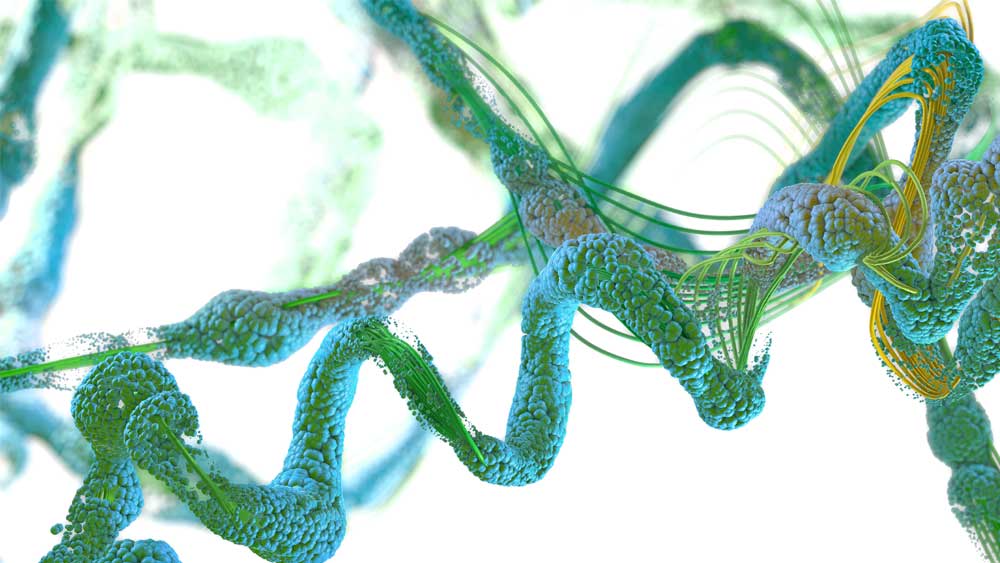
Life Is More Than Biomolecules
The Latest
Was a Key to Photosynthesis Evolution Discovered?
Northern Canadian lakes were the source of recently discovered unique photosynthetic bacteria of the phylum Chloroflexota. After years of culturing,...
CREATION PODCAST
Four Moons That Indicate a Young Universe | The Creation Podcast:...
Earth has one moon, but Jupiter has many! What can we learn from our celestial neighbor's satellites? Do they indicate youth?
Host...
Creation Kids: Seeds and Sprouts
by Renée Dusseau and Susan Windsor*
You're never too young to be a creation scientist and explore our Creator's world. Kids, discover...
APOLOGETICS
Christ’s Creativity in Canyon Critters
Grand Canyon animals display many marvelous traits and behaviors as they live life in that harsh habitat. These canyon creatures succeed thanks to the...
Standing Against False Science
I’m Michael Stamp, and I’m in my 12th year as an editor at the Institute for Creation Research. It’s always an encouragement to see...
Oysters and Pre-Flood Longevity
The oyster species Crassostrea virginica, also known as the eastern oyster, is a prized seafood. Research has demonstrated that a fossil version of...
Galápagos Finches: A Case Study in Evolution or Adaptive Engineering?
A group of birds known as Darwin’s finches live in the Galápagos Islands, which are located in the Pacific Ocean 600 miles west of Ecuador....
Hot Springs National Park: Hydrothermal Springs Formed By The...
Hot Springs National Park is located about an hour southwest of Little Rock in the folded Ouachita Mountains of central Arkansas. It is the second smallest...
Why Biology Needs A Theory of Biological Design—Part 2
“Based on a true story” is included by movie producers to add authenticity, importance, and a flair of anticipation. So, my account of how...
Marine Fossil Tapeworm Is Still a Tapeworm
The Flood was both sudden and rapid. The burial of creatures—including delicate plants and soft-bodied animals like jellyfish1—occasionally...




